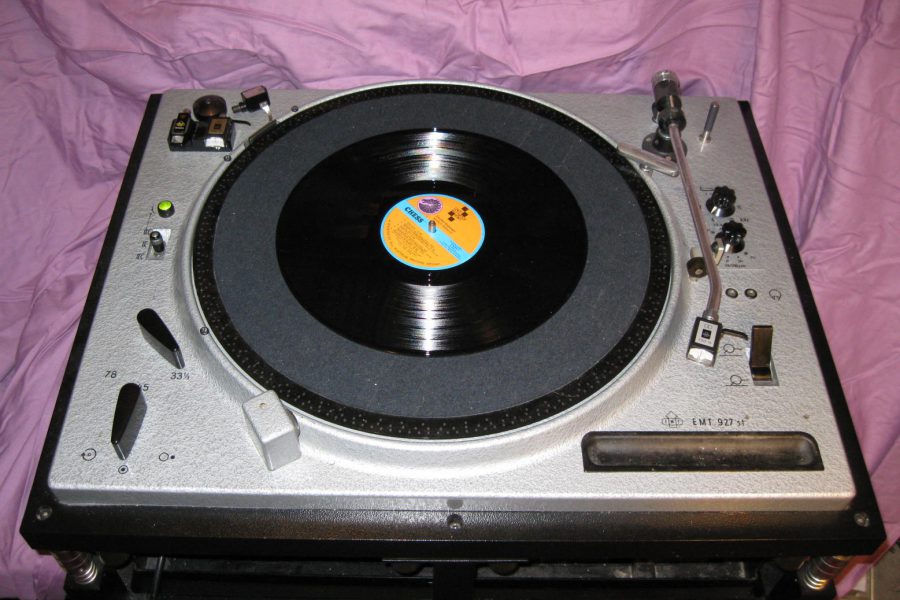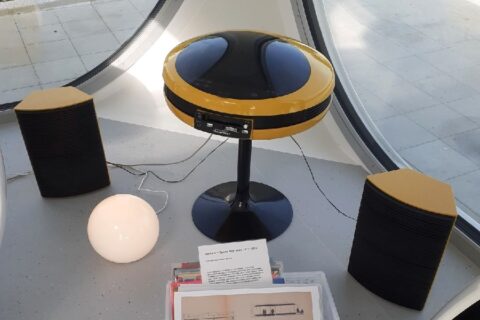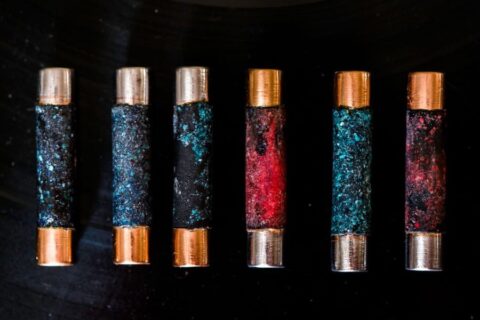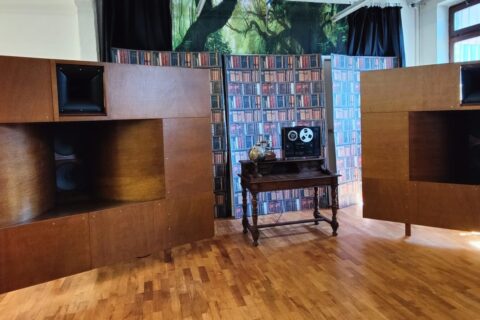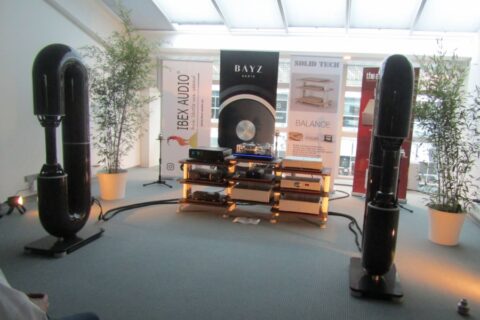I bought my EMT 927 in fall 08. I was very lucky in that the turntable was equipped with the EMT 139st tube phonostage. As all friends of EMT know, the 139st is highly regarded. When one was for sale on Ebay, I decided to follow the auction. One never knows the future need for spare parts, and since it is so good, I thought 1-2 kiloeuro might be a suitable price. It was sold for 8500 euros!
For all interested in EMT 927 I recommend a thread in Audiogon: Analog 30/6/2010.
From my perspective and the experiences I’ve got from my EMT 927 so far, it find it funny that there are people who complain EMT 927’s lack of bass. Of all the turntables I’ve tested, eg. my own SME 30/SME V combo, the EMT 927 has most bass with no suffering of the the bass quality, ie. the bass does not sound blurred.
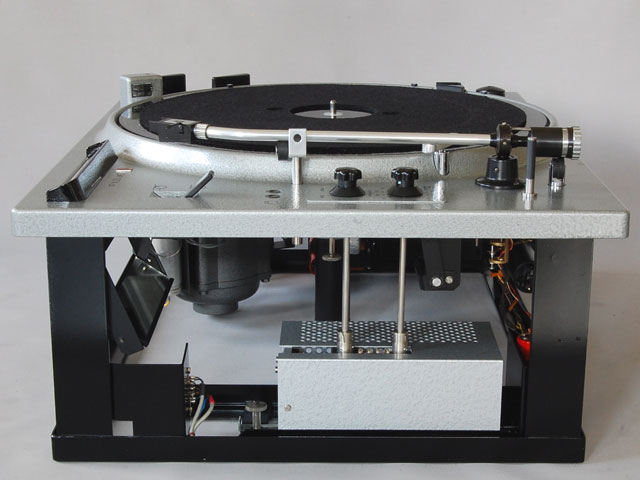
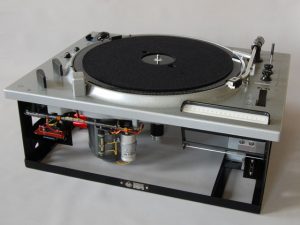
I experimented with Teres Audio’s Verus Direct Coupled Motor both with my 927 and SME 30. In the latter case, the sound changed a little, became a tad clearer. For good or bad? A matter of taste. With the EMT 927, the Verus motor worsened the sound, confused it. Perhaps, the heavy platter of the 927 was too much for it.
In my mind, the idler drive is some sort of guarantee of a competent bass and that the music keeps its pace. These are the qualities people frequently mention with regard to Garrards, which I’ve also owned in the past. When I got my first EMT 930, everything was still bettered. Everything fell into place.
In a way, music’s different factors, different instruments, were better distinguished, but the music retained its totality and flowed fluently forward.
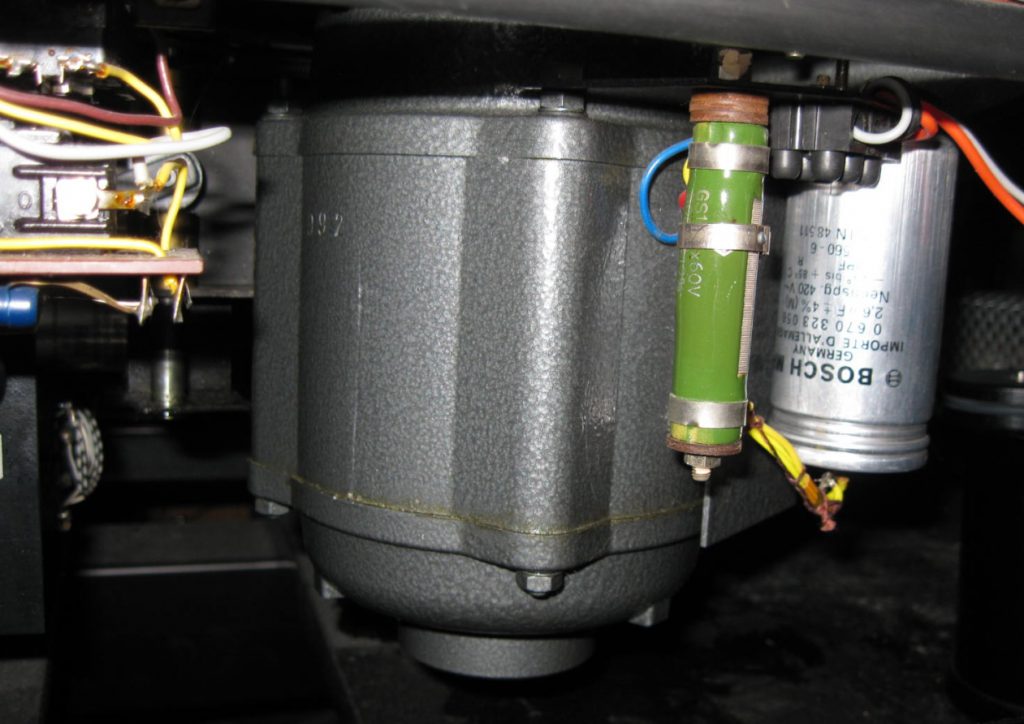
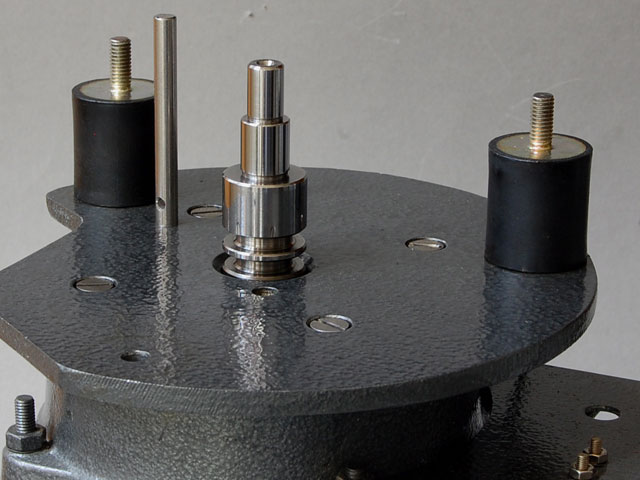
Some comparisons
EMT 927 is like EMT 930 but has more of everything. The massive structure mutes smaller noises very effectively. It helps to think of the difference in terms of the capacitors in the motor of 930 and 927. The caps in 930 can be adjusted by setting the volume high and by listening to the hum and choosing the position where the hum is at the minimum. In comparison, 927 can be entirely mis-adjusted and one cannot hear any difference through the amp and speakers.
The observation shared by many 927 owners about the sound’s high stability is absolutely correct. The same can be seen by looking at the EMT 927 at work, playing records. The 12″ tonearm (with the TSD-15 cart) hardly moves; as if the arm were all the time exactly at the same position while the record is playing.
For years I’ve puzzled over the problem what is it in the TT that really causes its bass performance? To me the order is this: the turntable (transport), tonearm and the cart. The joker is then the RIAA stage.
I’d say that with the same RIAAs and the same carts, the EMT 930/EMT 929 and the SME 30/SME V combos produce similar bass; maybe the EMT 930 is the winner by a margin even though SME 30/SME V is not known as a bass shy TT. My EMT 927 is even more powerful in bass, probably thanks to the 139st RIAA and the stability of the sound.
My decision to acquire the ‘Schock-Absorberrahmen’ frame also for my EMT 927 was based on how it worked with my EMT 930, and what I’ve heard from others; for example here:
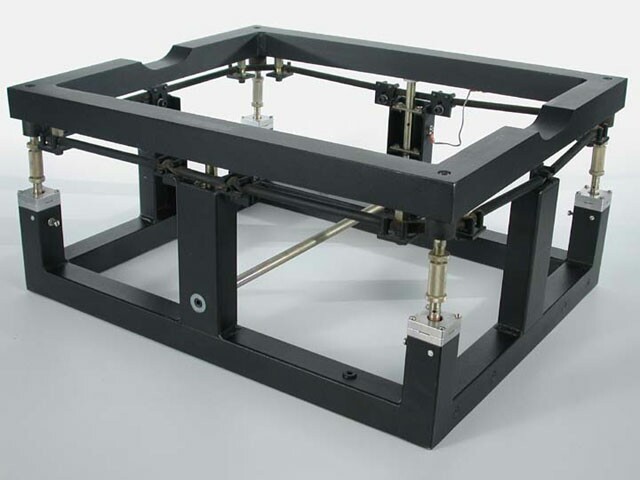
The EMT manual declares that the 930 or the 927 should not be used with out a frame where they could hang open; that’s the way they were designed. The 927 was originally built in a console but nowadays a steel frame is available also for the 927.
Modifications
Anything can be modified. My only rule is that such operations are forbidden that cannot be reversed later. The original solution by the manufacturer should always remain as an option.
Me and my audiophile friend once compared my Analysis Plus cables with another ones he had arranged for home testing. It was quite clear from the beginning that the new cables weren’t any better than the cables I brought with me.
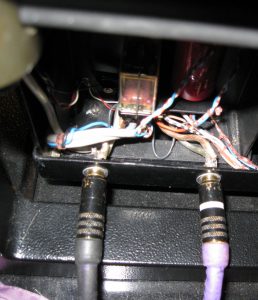 But the experiment made me think of my already excellent sounding EMT 927. The EMT 139st phonostage is just below the tonearm but from thereof the signal goes through a XLR/RCA converter to the preamp. In addition, a relay mutes the outgoing signal when the turntable’s brake is on. So I added RCAs right after the RIAA, before the relay. All EMT TTs have suitable spots. From there the signal now goes via Analysis Plus interconnects to the pre. The consequence was that the sound has now even more beauty.
But the experiment made me think of my already excellent sounding EMT 927. The EMT 139st phonostage is just below the tonearm but from thereof the signal goes through a XLR/RCA converter to the preamp. In addition, a relay mutes the outgoing signal when the turntable’s brake is on. So I added RCAs right after the RIAA, before the relay. All EMT TTs have suitable spots. From there the signal now goes via Analysis Plus interconnects to the pre. The consequence was that the sound has now even more beauty.
I also played a little with the platter oil. The right speed in an EMT TT is adjusted by mechanically preventing, more or less, the platter from rotating, which means that the idler constantly has to work against the brake (metal plate). I’ve got original EMT oil, of course, but eventually I started to apply some thicker oil so that there is less need for mechanical resistance. The metal plate now only barely touches the spindle.
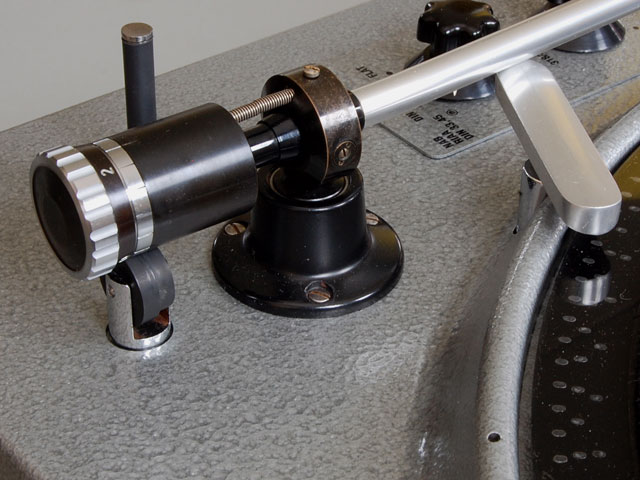
Now I have no idea what could be still improved. I bought the original 12″ EMT 997 tonearm, the good looking “banana” arm. It replaced the original 12″ Ortofon RMA 297 arm in 1974. My 927 is from 1964 so it has the RMA 297, and since the sound is perfect I have had no need for changing the tonearm.(139st tuli markkinoille 1959 ja 139st b 1964).
Most of those who’ve heard my EMT 927 have got the same comment: whatever music there is on the platter, it always sounds good.
Most musical turntable ever?
This should not be confused with what others say about good recordings sounding even better in a good system, and bad recordings even worse. That’s not how it goes in my mind. No one wants to do bad music or bad sounding records. Most of the time musicians and technicians quite certainly try their best. The end result is not always great but when one can hear what is played and when the material saved on the record is conveyed with all the nuances, it can be appreciated.
Finally, I add below a comment on the internet that more or less says what
I’ve been trying to say:
“I am currently using EMT 927 with an Ortofon arm and the 139st phono stage. I consider the 927 the most musical turntable I have heard. I have previously owned SME 30, Forsell AFO, Goldmund Reference, Versa Dynamics 2. The last two were the best. I have also compared these with Rockport Sirius 2 and many others not worth mentioning. It is very amusing for me to see modern turntables been touted as `worlds best`, at exorbitant prices, which do not hold a candle to the Goldmund and Versa, let alone EMT.
Since using the EMT 927, I am not interested in hearing the last nuance of the 3rd oboe in the fifth row, I quite simply enjoy the performance. Some turntables are more `Hi-Fi but none more musically satisfying. I find the EMT idler drives more musical than the others. The phonostage on EMTs is of paramount importance; the 139st is quite simply the best. The limited variable EQ is also of huge benefit.
The EMT 927 is not cheap (do not confuse e-bay items with a properly serviced EMT from a reputable dealer). EMT 927s in top variations sell for over 50000 Euros in Japan – they know what quality is. Do yourself a favour, ignore the opinions of others, and make the effort to hear one. If you value musical enjoyment over Hi-Fi detail, then there will be no going back. I have gone overboard and bought a second one!”
Anyone interested in buying a fully restored EMT 927 or 930 should check J.P. (Hans) van Vliet’s website. He’s specialized in collecting, restoring and using EMT studio turntables, especially the models EMT 927 and EMT 930. He also re-manufactures the legendary EMT 139st b stereo phono tube equalizer amplifier in limited series. Below are a few images of his EMT 927.


